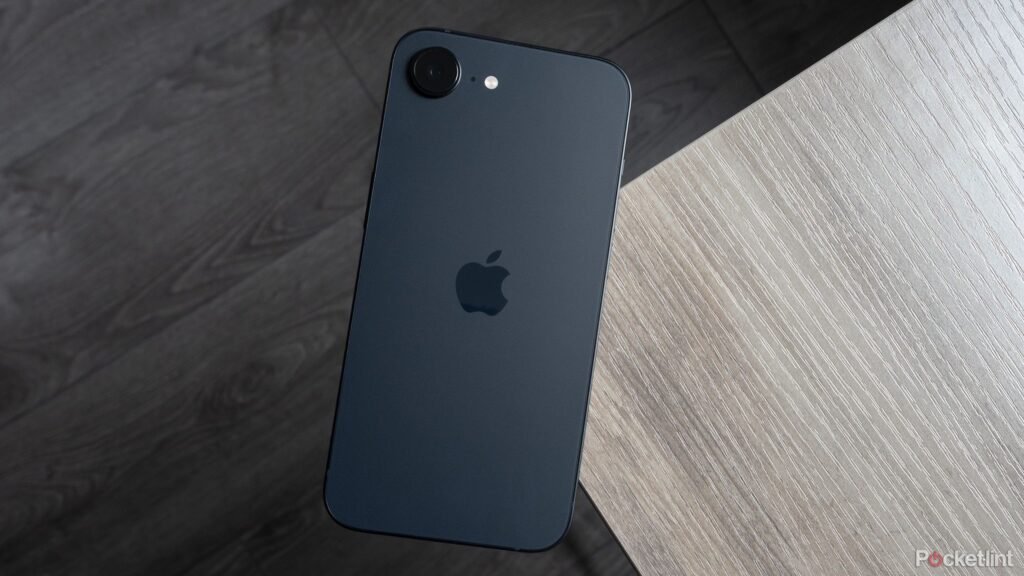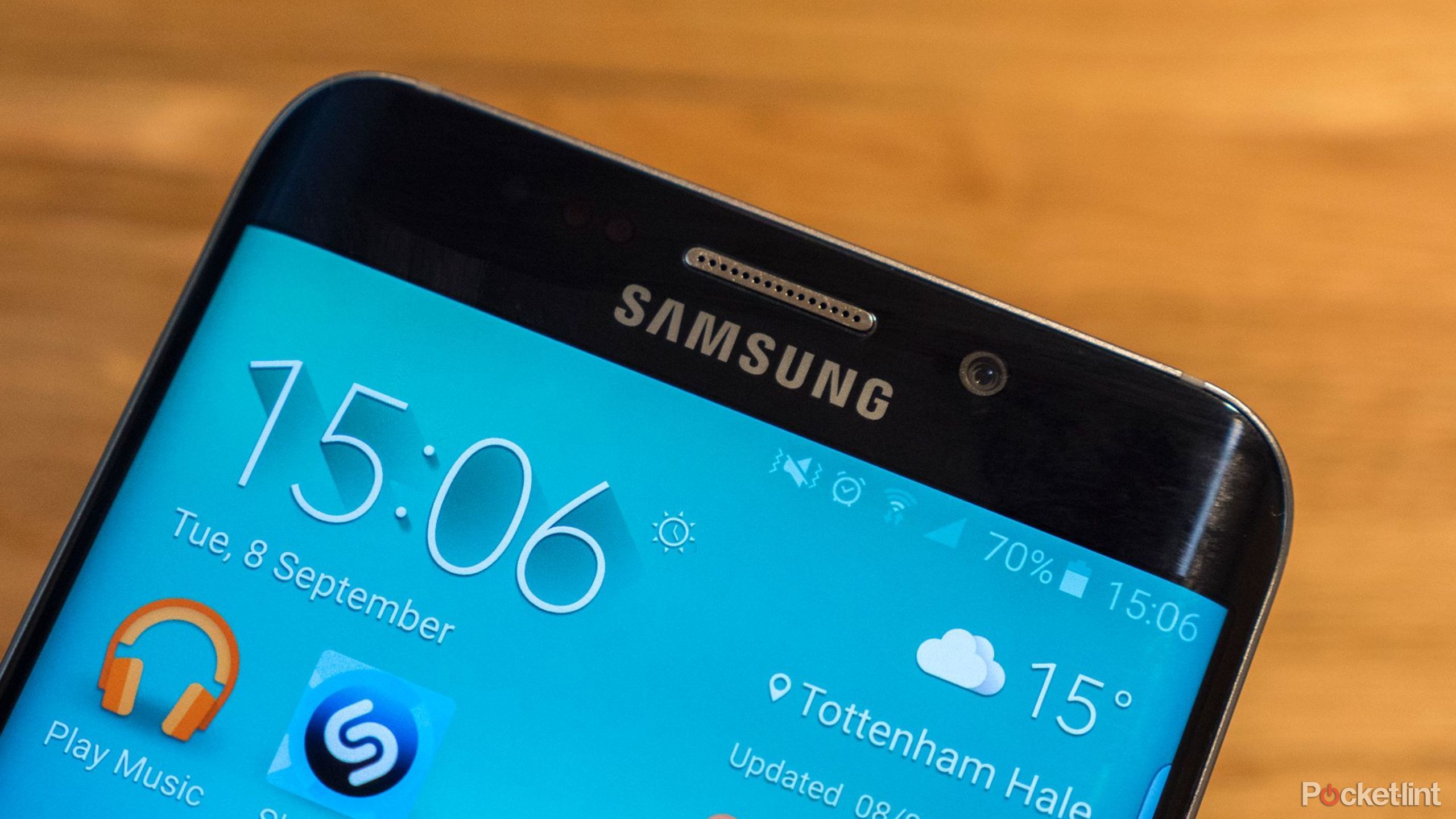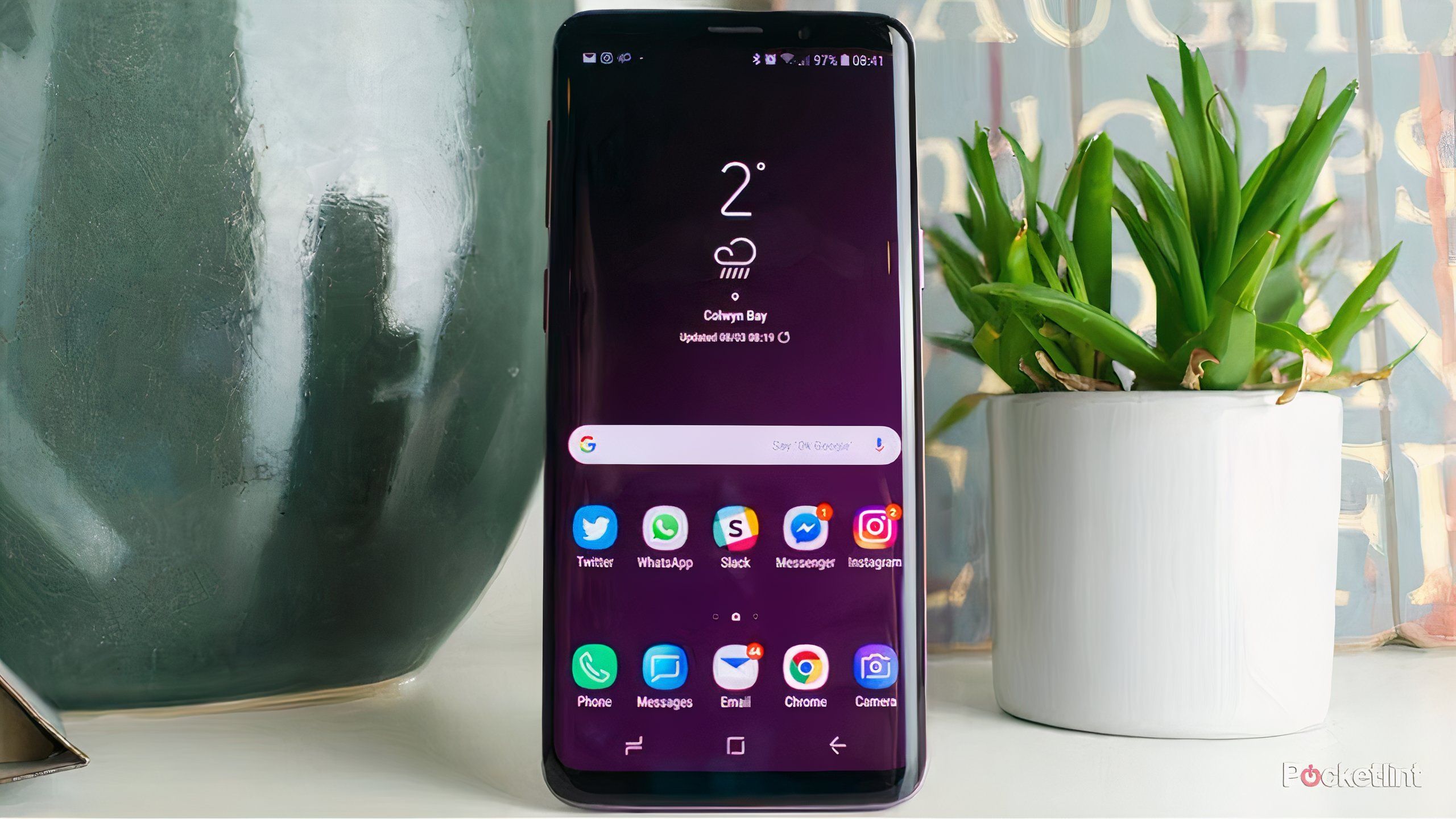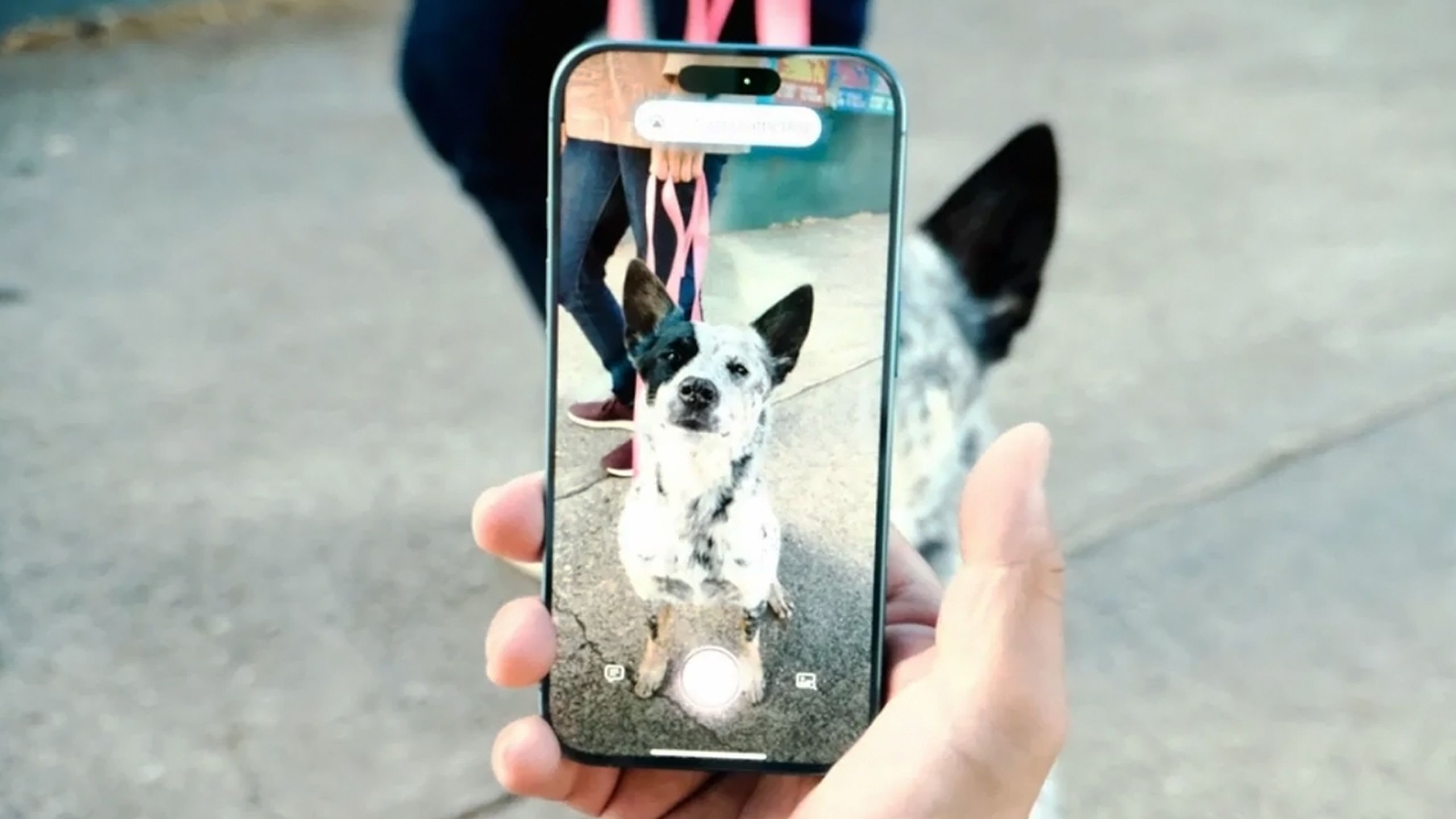Summary
-
Rumors say Apple’s 20th commemoration iPhone will get a full-screen design with curved edges.
-
Mimicking the design strategy Samsung has tried over the years, but then suddenly gave up, probably because the curved display creates usability and vulnerability issues with few tangible rewards.
-
This suggests that Apple uses curved glass for aesthetic reasons only.
You may have noticed that seeing rumors about it are becoming more common Smartphone It’s more than a year away, sometimes two years. This may be eternal in the tech industry and speculation in despair, but nowadays, rumors will be far ahead. It takes a few years for companies like Apple to bring their phones to the shelves, and any dramatic changes (dramatic by Apple’s standards) need to be drawn early in the development cycle. Not that automakers can decide to switch cars from gasoline to Electric Three months into the showroom.
I mainly mean iPhone 19expected to premiere in September 2027 only, but there are already some important rumors. One of them is that different models may be rolled out in stages – you may have to wait a few months to get the standard version. Another is that Apple is switching to a true “full screen” design with curved glass on the edges. However, considering Samsung’s similar phone records, Apple has already had to correct Apple’s mistakes.
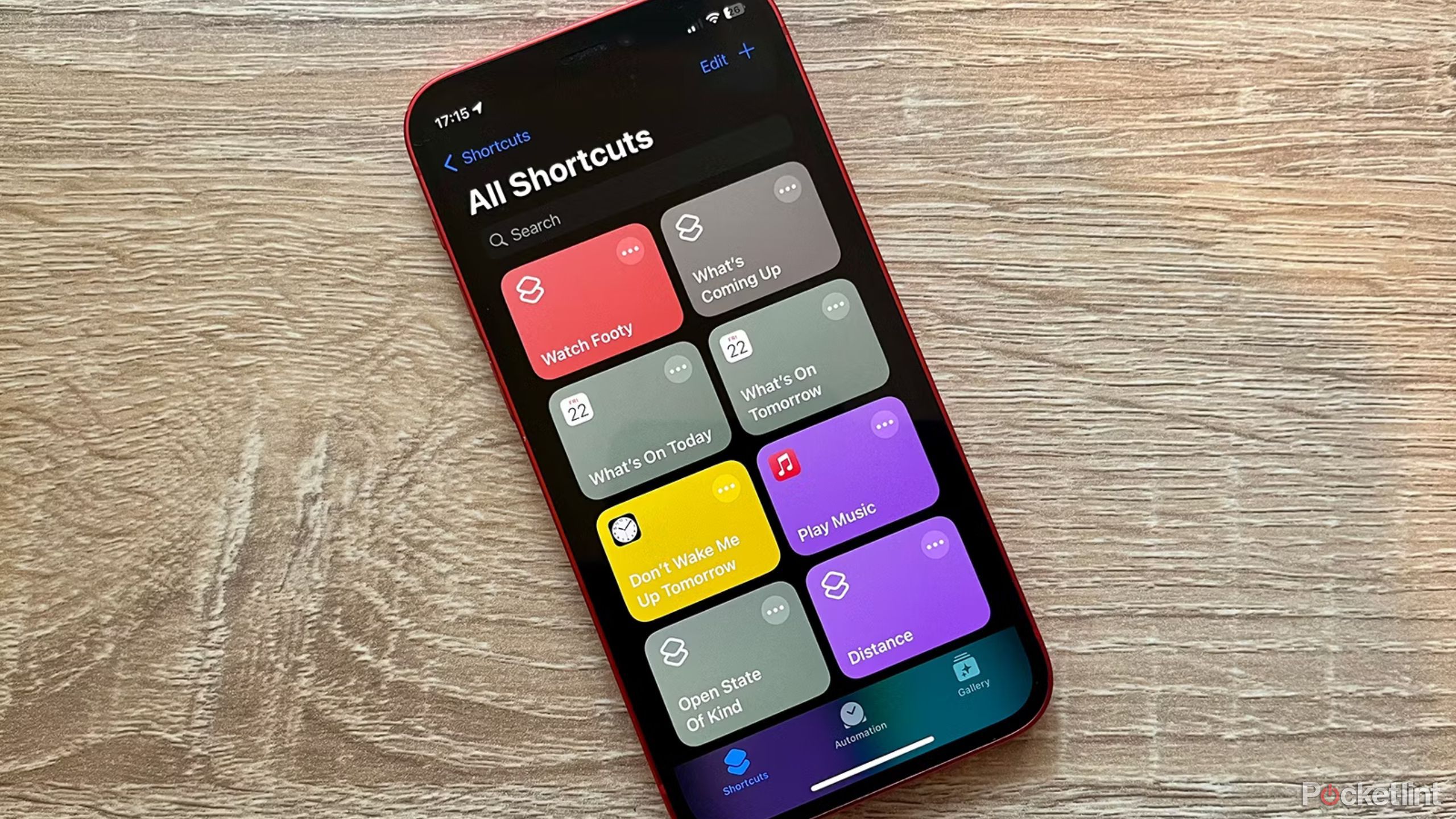
Related
Apple should make a new iPhone mini, and that’s what I hope it looks like
Technology has advanced to solve the shortcomings of mini.
Samsung’s avant-garde history
Very good until it’s not
Samsung was one of the first phone manufacturers to try to bend monitors in the early 2010s. The South Korean giant makes the most of its display manufacturing subsidiary, which could try curved OLED panels long before the Galaxy Fold entered. A phone – the 2013 Galaxy Round – is actually concave curved, and this is something I would like to see phone manufacturers try again, if only to make the direct screen less impact.
The turning point may be the 2015 Galaxy S6 Edge. Even now, it’s a sleek looking design due to those curved edges (on the surface) that make it feel like borderless. I also object to bezel-free phones – but I won’t deny the visual appeal of faded borders, as well as the secondary practical upgrades that allow images and touch gestures to stretch as much as possible.
Since the Galaxy S20, Samsung has been largely stuck in a flat display.
Shoppers obviously like the S6 Edge, as Samsung uses its reception as a tip to make the waterfall display, not just fancy. That’s not to say that no heads happen – before the S6 edge, the lonely curve to the right of the Galaxy Note Edge was used for things like notifications, app shortcuts and even camera shutters.
Curved edges quickly became the norm for generations of galaxies and musical notes models. Then the S20 arrives with a flat monitor – surprises the face. Since then, Samsung has been plagued by flat displays to a large extent, and obviously at some point there is a revelation.
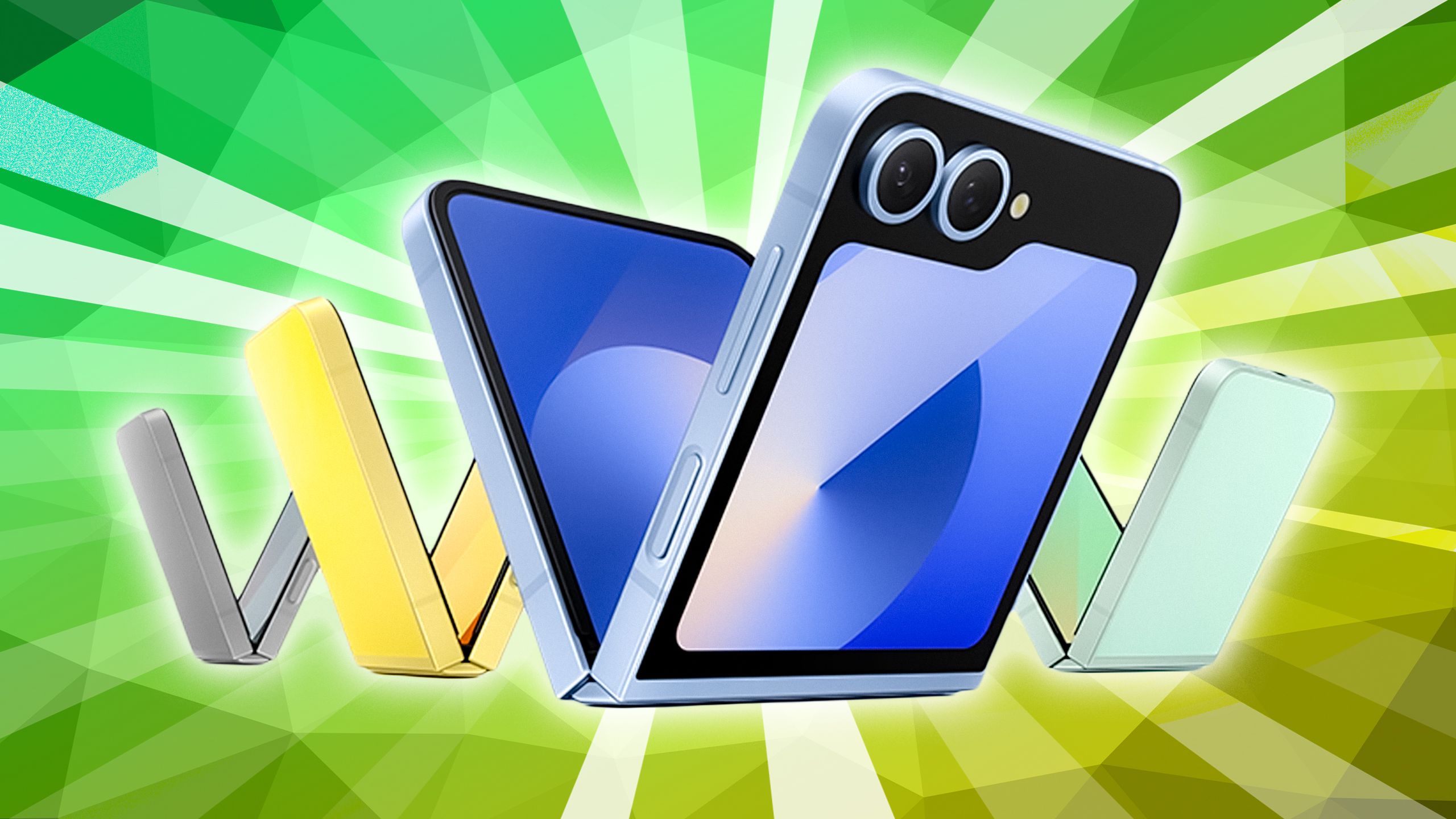
Related
Flip-on foldable phone is the wave of the future – That’s why
Book folding might be more sexy, but pragmatism will win the day.
Why curved glass edges just don’t work
Aesthetics about everything?
This revelation may involve weighing the actual value of a bent screen versus the cost of production. That is, they have almost no actual value at all, and they are actually harmful to the usability of many people.
As I just mentioned, the curved edges are beneficial to maximize the screen area and keep the borders free of swipe gestures. But this is due to serious tradeoffs – including making the phone harder without accidentally triggering the touch command. Although in some cases, I sometimes have similar issues with the iPhone 16 Pro, despite it being a flat device. I can only imagine how bad it would be if I left behind a tinier chassis to keep my fingers on my fingers. In retrospect, I have never had a positive experience with the concept on any Samsung phone I have tried.
The equipment you’re left with is just begging to damage the screen the next time you put it down, or just clumsyly through the doorway.
Worse, the curve makes the phone display more susceptible to cracks and scratches by nature. There is no way. The box may help, but its lips can only extend far away without blocking touch input – so the remaining device of your device is just begging to damage the screen the next time you put it down, or just walk awkwardly at the door.
Samsung gave up on putting interface elements on the edge of the screen, even faster than the curved display that was discarded overall. It’s not the worst idea, but at best, Samsung’s software makes you realize that your phone is on the table. Otherwise, you occasionally have to tilt your phone a little to see what you are interacting with, beating some convenience. Rumors of Apple following suit can be clearly seen, but this is another way that the waterfall technology makes no sense.
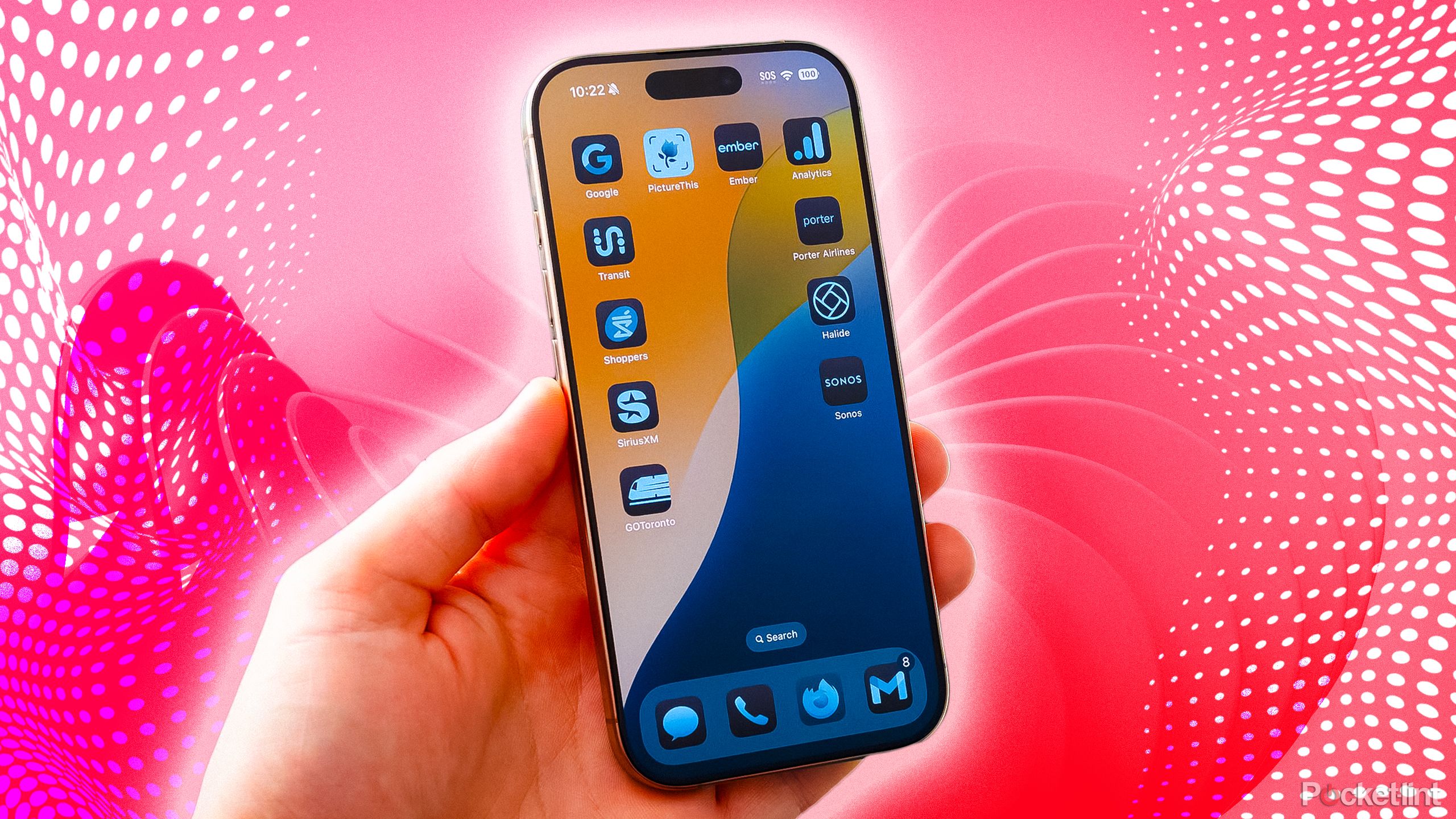
Related
Dear smartphone manufacturer, please stop using borderless monitors
Telephone manufacturers seem to be so busy with whether they can, that they keep thinking about whether it can.
So, why do apples bend?
You know the answer
apple
According to the rumor how the iPhone 19 is described, Apple seems to look smooth in providing a device that feels like a pure glass panel. In a sense, this is admirable because the best equipment tends to avoid your way. This is one of the reasons both Apple and Google have invested deeply in augmented reality—you can’t be better than an interface that is always accessible and can be controlled through your voice and body gestures without the convenience of the controller.
It might not be too late for Apple to change courses, but even borderless graphic designs may be better than anything that is curved.
My problem is that unless there is some great innovation, Apple seems to be ready to do this, just to create a completely different product from the previous iPhones. I got the business logic. On the 20th anniversary of Apple’s first iPhone ever, critics and customers complained about the product that has remained static since the 2019 iPhone 11. To take things in a different direction, and ultimately, I think everyone has a vision for a smartphone to be the kind of super midsize movie you see in sci-fi movies.
But real-world experience shows us how impractical it is. It might not be too late for Apple to change courses, but even borderless graphic designs may be better than anything that is curved.

You may also like
Everything you need to know about PEV or personal electric vehicles
You can explore with PEVs like e-bikes and scooters, run errands, or speed up your commute.
